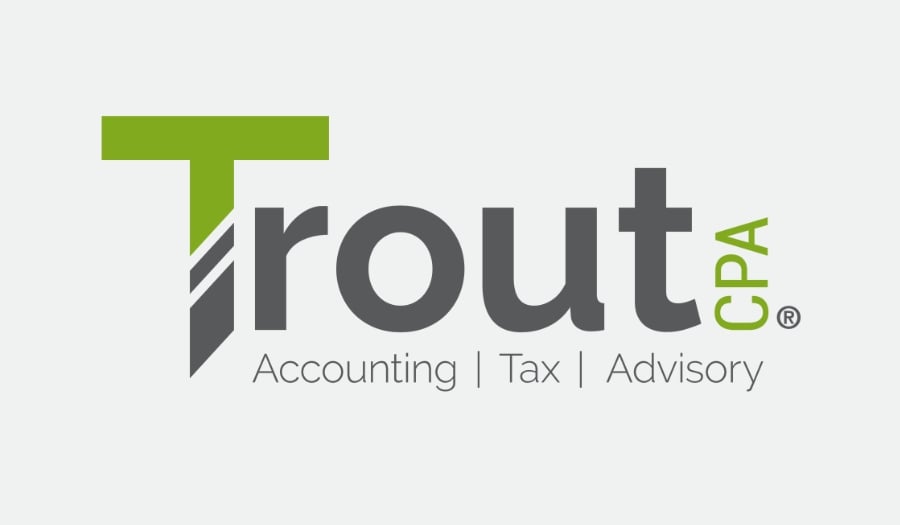The full impact of COVID-19 is unknown. While we wait for questions to be answered many are asking what can we do right now? What’s next for our families? What's next for family businesses and the people who work for them? Planning for our future generations is the greatest gift we can give, particularly during times of uncertainty.
Background
Many closely-held businesses have been impacted by the COVID-19 pandemic, leading to depressed company valuations. The current federal estate, gift, and generation-skipping transfer (GST) tax exemption is $11.58 million per person. That, coupled with the low AFR and Section 7520 rates, provides an opportune time to transfer wealth out of estates without using up exemptions.
Opportunity
There are estate tax planning techniques that can be implemented which transfer the greatest amount of value from an estate while using the least amount of exemption. Transferring assets while they have a low value is a technique that is used to lock-in or freeze those low values in anticipation the asset will one day significantly increase in value. This transfers the appreciation in excess of the frozen value out of the estate with the added benefit of preserving the exemption for additional transfers.
Estate Planning Strategies
GRATS
A grantor retained annuity trust (GRAT) is a powerful technique that allows a transfer of assets to a trust, in exchange for an annuity over a fixed term of years. After the annuity is paid off the assets transferred are owned by the trust for the benefit of the trust beneficiaries, normally the children.
A transaction can be structured to create a “zeroed-out” GRAT, where the annuity is structured in a manner so that the transaction does not produce a taxable gift. The calculation of the GRAT annuity payment is based on the Section 7520 rate in effect at the time of the transfer (for June 2020, the Section 7520 rate is 0.6%), thereby allowing more value to be transferred to the trust without using the exemption.
When transferring assets to the next generation, families are concerned about transferring too much to the younger generation, creating cashflow constraints and transfers that do not use their exemption in an effective manner. The zeroed-out GRAT can achieve financial stability, optimal estate tax results and flexible estate planning options. This simple, effective and time-tested strategy can achieve:
- Financial stability. The GRAT can be structured to provide an annuity which suits the cashflow needs of the grantor.
- Optimal Estate Tax Results. Provided the grantor survives the trust term, assets inside the trust, and all future appreciation, are not subject to estate taxes in perpetuity.
- Flexible Estate Planning Options. If the assets transferred to the GRAT do not provide sufficient cashflows to cover the annuity, they are transferred back to the grantor. This reverse transfer back is tax-free and does not impact the grantor’s exemption or trigger additional income taxes. The only cost incurred is administrative fees.
IDGT
An intentionally defective grantor trust (IDGT) is an effective and efficient technique to transfer assets to a trust for future generations. Once the assets are gifted to the trust, they are considered taxable gifts and property of the trust. Those assets can remain in trust for multiple generations, allowing the gift to benefit both children and grandchildren, if desired.
The transaction can be structured as a sale of assets to an IDGT in exchange for a promissory note. This structure is typically an alternative to the aforementioned GRAT. However, this sale is not considered a taxable gift and does not create any gain for income tax purposes. The IDGT promissory note payment is based off the AFR in effect at the time of the transfer (for June 2020, the long-term AFR is 1.01% for promissory note terms longer than nine years), allowing more value to be transferred without using your exemption.
A sale to an IDGT is typically more successful than funding a GRAT as the AFR rate used as the interest rate in the promissory note is generally lower that the Section 7520 rate used to value GRATs. The promissory note can also be structured as an interest-only note with a balloon payment upon maturity, whereas a GRAT must be structured as an annual annuity. Moreover, sales to an IDGT allow for the immediate allocation of GST exemption. With a GRAT, the grantor cannot allocate GST exemption until the end of the GRAT term.
The sale to an IDGT can achieve financial stability, optimal estate tax results, and multigenerational estate planning options. This efficient, effective and time-tested strategy can achieve:
- Financial stability. The IDGT can be structured to provide a promissory note that suits the cashflow needs of the grantor.
- Optimal Estate Tax Results. Assets inside the trust, and all future appreciation, are not subject to estate taxes…ever.
- Flexible Estate Planning Options. A sale to an IDGT can effectively transfer assets to the next generation, while minimizing transfer taxes.
Inter-family Loans
Giving money to a family member in excess of the annual exclusion ($15,000 in 2020) will be a taxable gift. A simple way to provide cash to a family member is to make a loan to them. Historically, if the loan has an interest rate of at least the AFR, the IRS will respect the loan and not claim the transaction to be a gift. With the historically low AFR, cash can be loaned to a family member without creating a burden from charging the family member a high interest rate. June 2020 AFR rates are at historic lows (June 2020 short-term AFR is .18% which applies for terms less than three years, mid-term AFR is 0.43% for terms three years through nine years, and long-term AFR is 1.01% for terms longer than nine years).
The intra-family loan achieves financial stability, optimal estate tax results, and cashflow. This simple, effective and time-tested strategy can achieve:
- Financial stability. The intra-family loan can be structured to provide a promissory note which suits the cashflow needs of the family member.
- Optimal Estate Tax Results. Current intra-family loans can be refinanced to take advantage of the current AFR.
- Cashflow. The loan proceeds can be invested in securities that produce a higher rate of return than the current AFR, allowing the family member continuous cashflow.
Planning for the future is not a task to be taken lightly, even in the best of times. During times of uncertainty it becomes even more important. The three estate planning strategies summarized above provide options.
Conclusion
The zeroed-out GRAT is an effective strategy to take advantage of the increased exemption, low Section 7520 rate, and current economic environment. These three factors significantly increase the amount of wealth a family can transfer to the next generation while using a minimal amount of their exemption. Alternatively, a sale to an IDGT can be an effective strategy to transfer wealth to multi-generations and take advantage of the extremely low AFR. Finally, low interest intra-family loans allow families to provide liquidity to various family members without overburdening the family with onerous interest payments.
For questions or assistance, please contact our Estate Planning Specialists at 717-569-2900 or click the button to send us a message.





